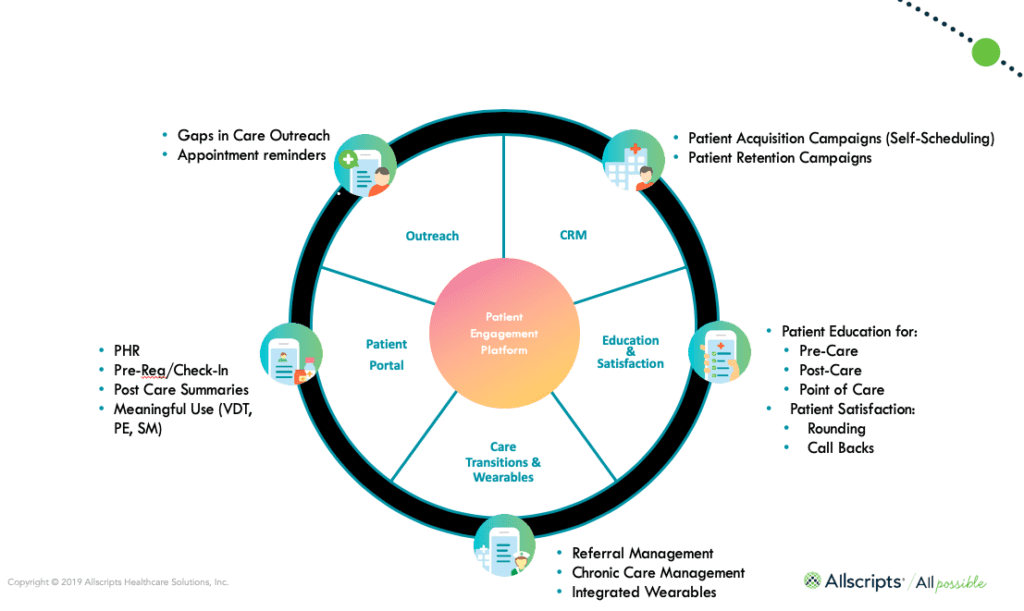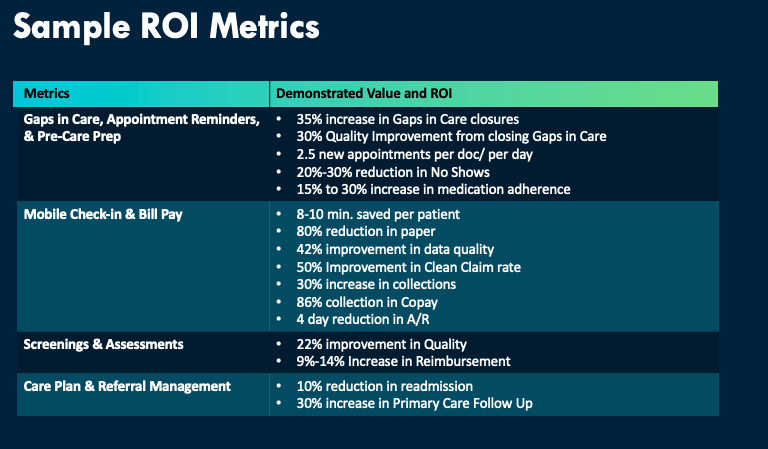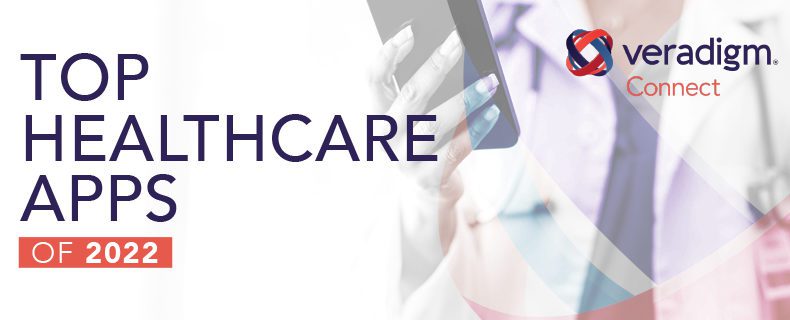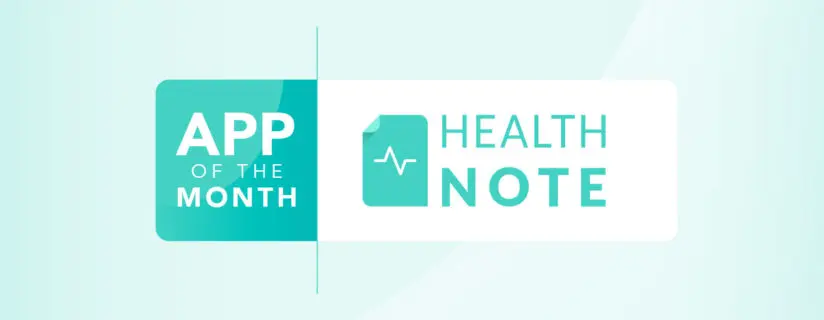Blog Posts
Is your patient engagement strategy driving competitive advantage?


All hospital and health systems should have a patient engagement strategy – having one will never hurt you. At a recent Becker’s conference, I moderated a roundtable discussion with CIOs and other physicians executives who shared insights into their patient engagement strategies.
I started the panel by explaining why healthcare is behind other industries. In banking, you can access your savings and checking account information from one app. Why don’t we have that in healthcare? Instead, we have an app for appointment reminders, an app for check-in. None of these things talk to each other.
One participant said, “this hotel has been texting me for the last two days about my stay. That’s where we need to be going in healthcare, instead of mailing a survey two weeks after the patient leaves.”
Understanding the core of a patient engagement platform


A patient engagement platform should encompass these five areas: Customer relationship management (CRM), education/satisfaction, care transitions/wearables, patient portal and outreach.
I asked the participants if patient engagement falls into their organization’s top three strategic objectives and 100% said yes. One participant defined patient engagement as “thinking and acting digitally,” while another said, “electronic communication any time you touch the patient.”
Drive competitive advantage with quality, loyalty, satisfaction
Improved health outcomes (quality), improved adherence, revenue growth and increased patient satisfaction (loyalty) are four strong value drivers gained from patient engagement technologies.
When I asked which value their organizations viewed as the most important benefit to patients, 82% of participants said all are equal. A few participants said they know patient engagement is important, but they aren’t employing the right technologies.
A primary reason why patient populations disengage from patient engagement technologies is the self- motivation required to engage with the technology, which 46% of participants agreed.
Coincidentally, the average portal usage rate in the United States is 6%. This is mostly due to the barriers to easy login. That’s why FollowMyHealth® doesn’t require patients to log in, but rather enter their last name and birthday using a secure SMS text link.
Calculating success of a patient engagement strategy
Finally, I asked the panel how their organizations measure ROI. To determine the success of their patient engagement strategy, 53% of participants said they use meeting meaningful achievement and related bonuses.
Below are ways I like to measure ROI:


Why we must continue improving patient engagement
I closed the panel with a story fond in my memory. A little boy was in need of an emergency operation, but the hospital needed consent from his father to proceed. His father, who was working on an oil rig, had no way of locating a fax machine to send over his signature. Luckily, he was able to sign the consent form via text. It’s situations like this that showcase how together we can change what is possible.
Patient engagement is the last step to population health. There is so much opportunity for us to change the way people access healthcare. It’s all about getting there.
Editor’s note: Raj Toleti was the moderator of this panel at the Becker’s Hospital Review 2nd Annual Health IT + Clinical Leadership + Pharmacy on May 3, 2019 in Chicago.













Comment Good article – opinion backed by data.